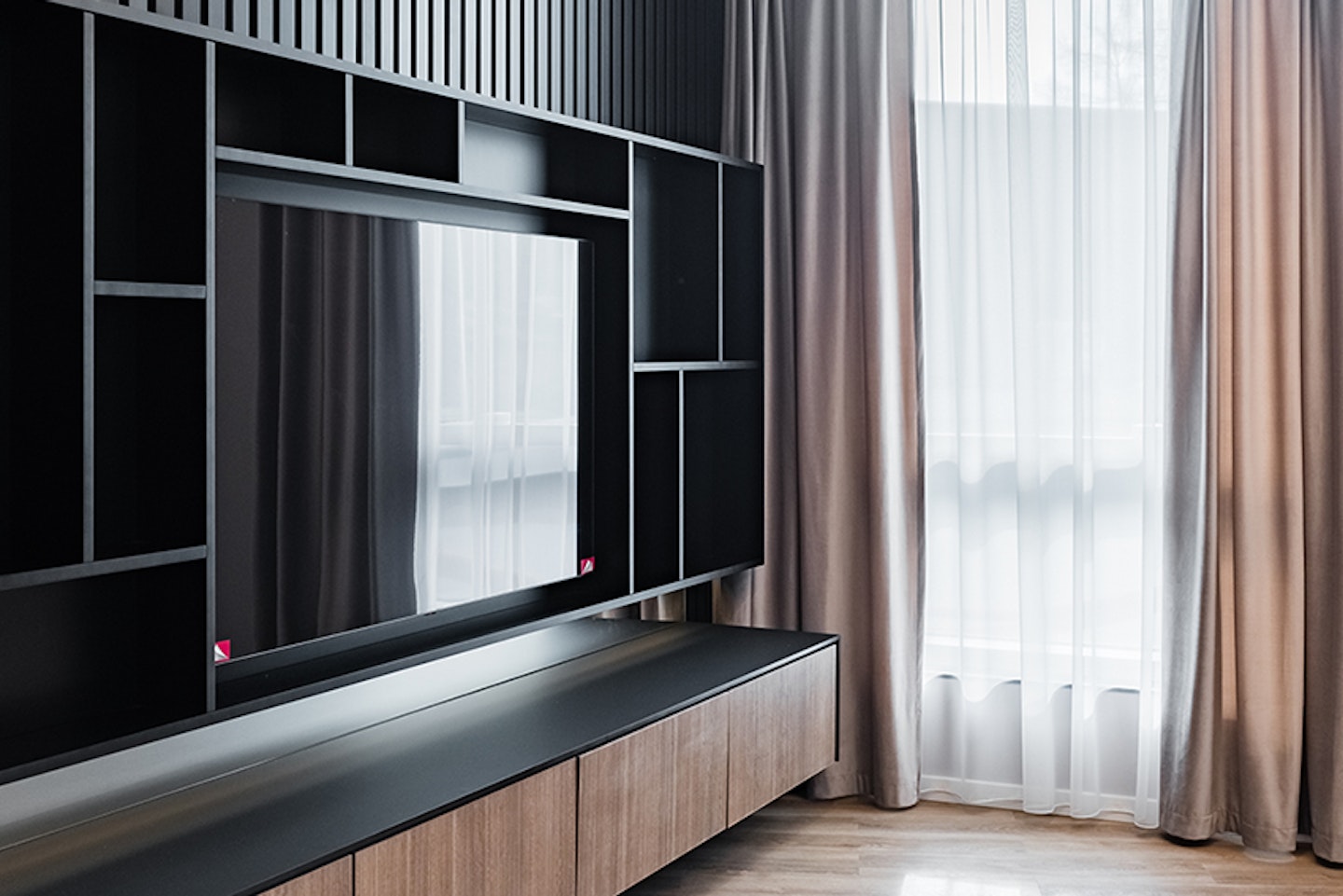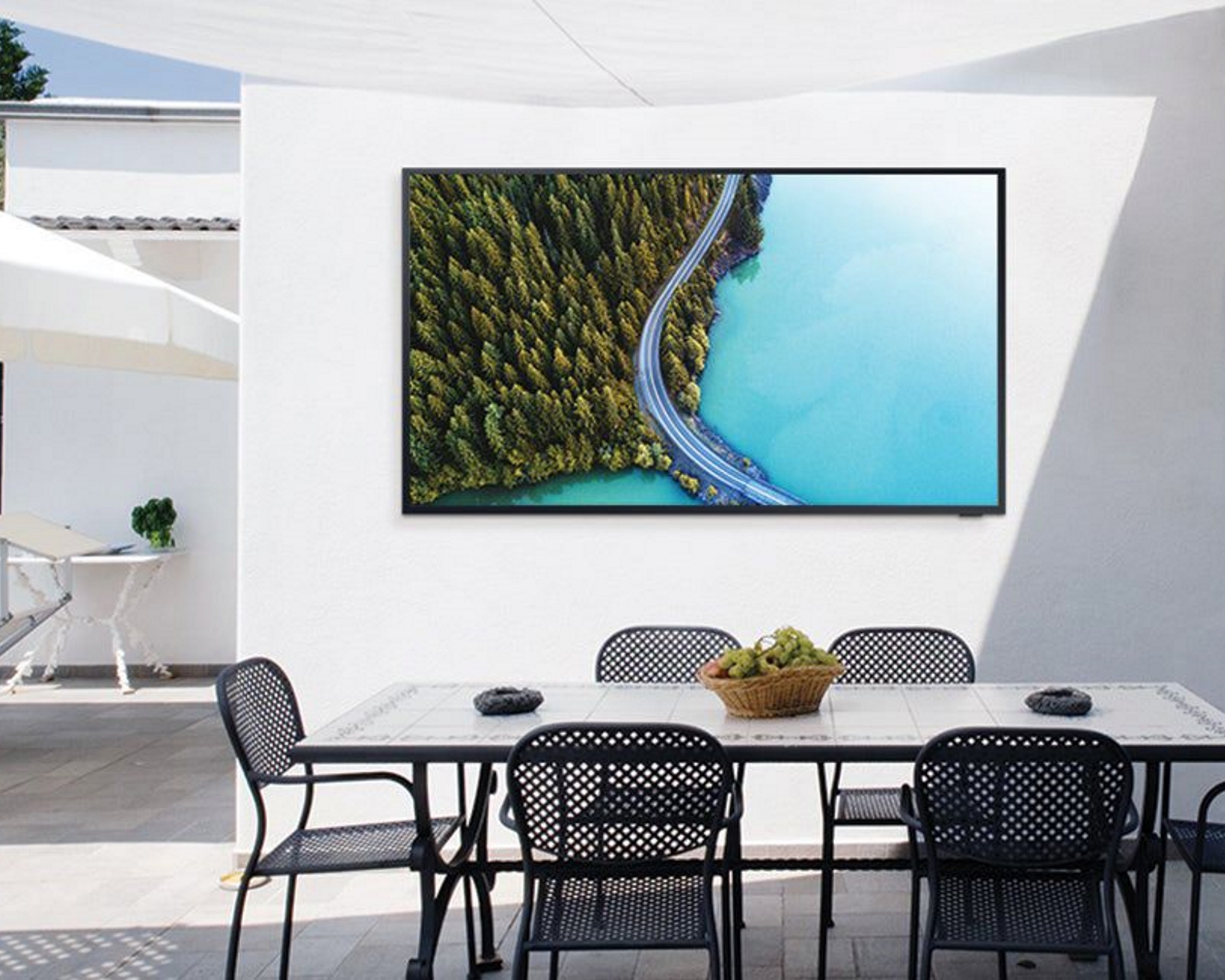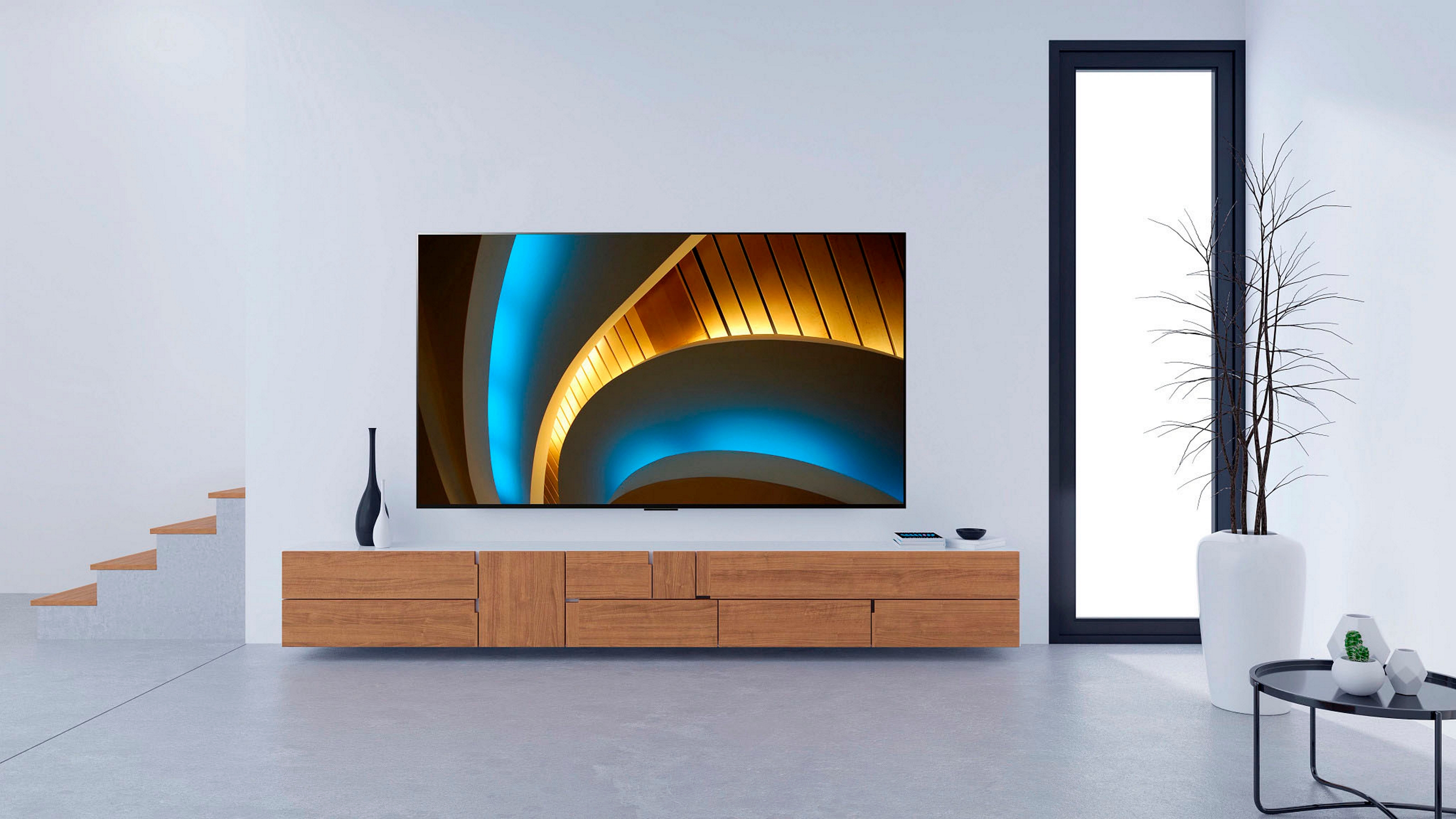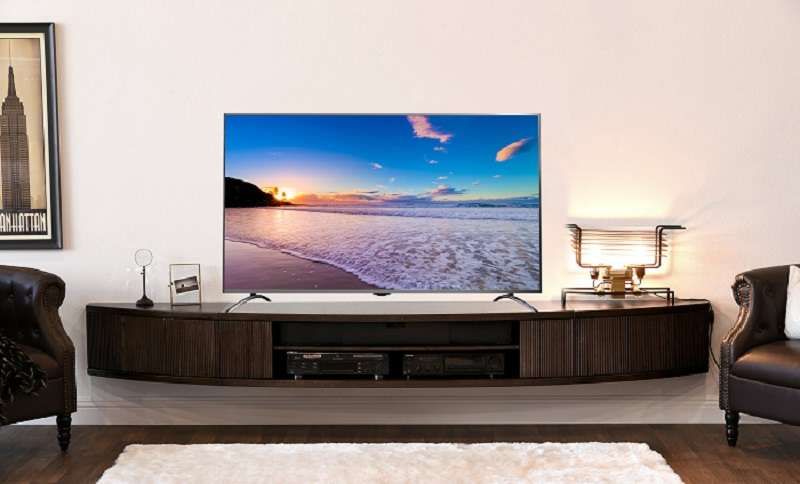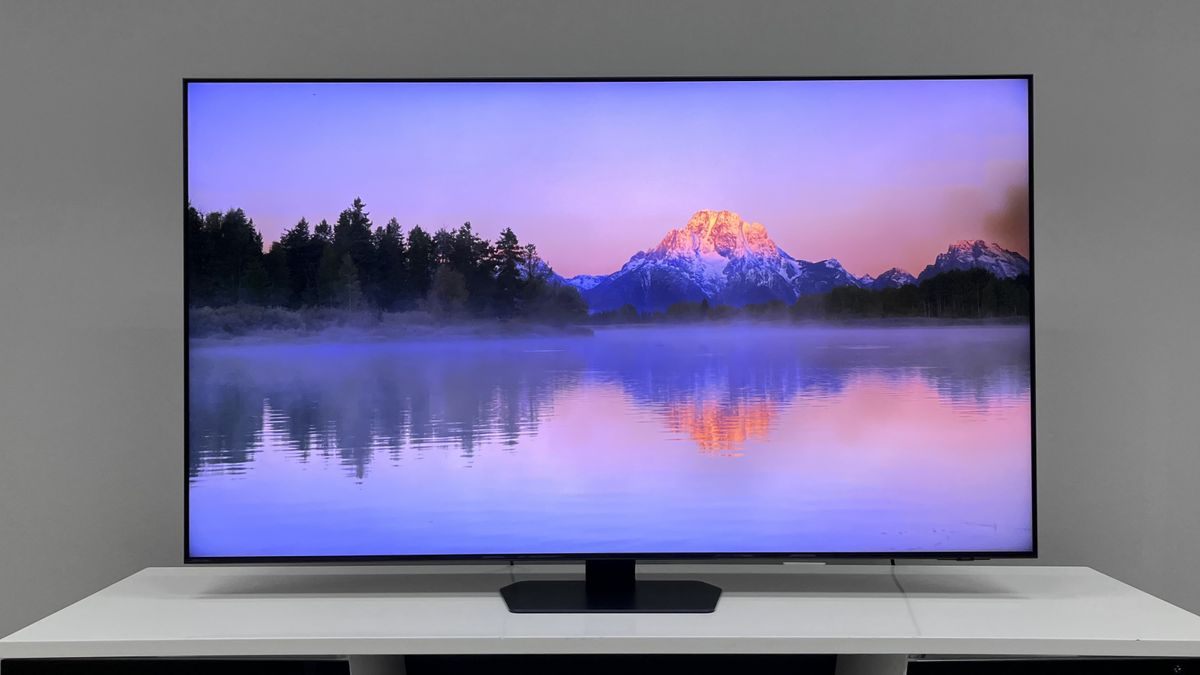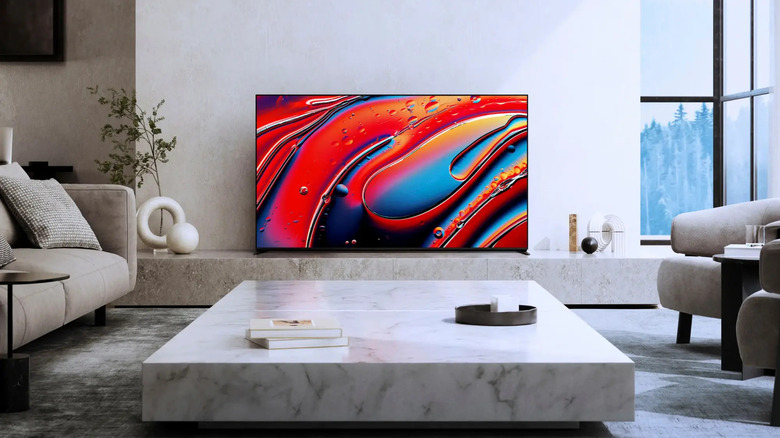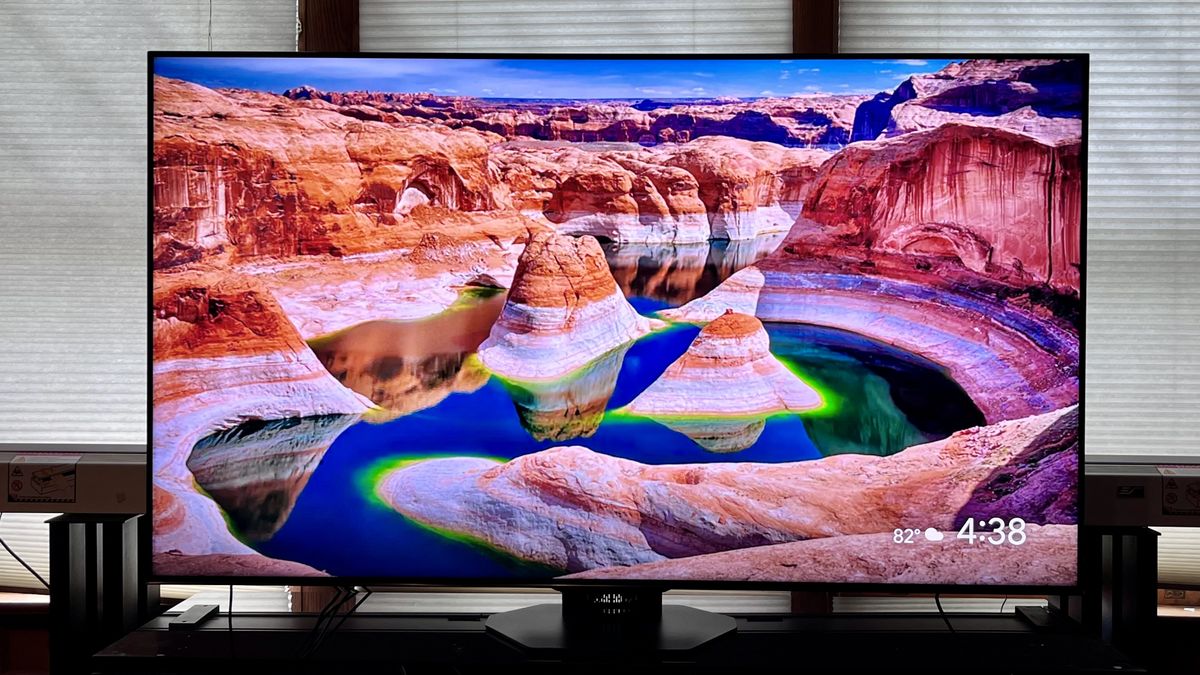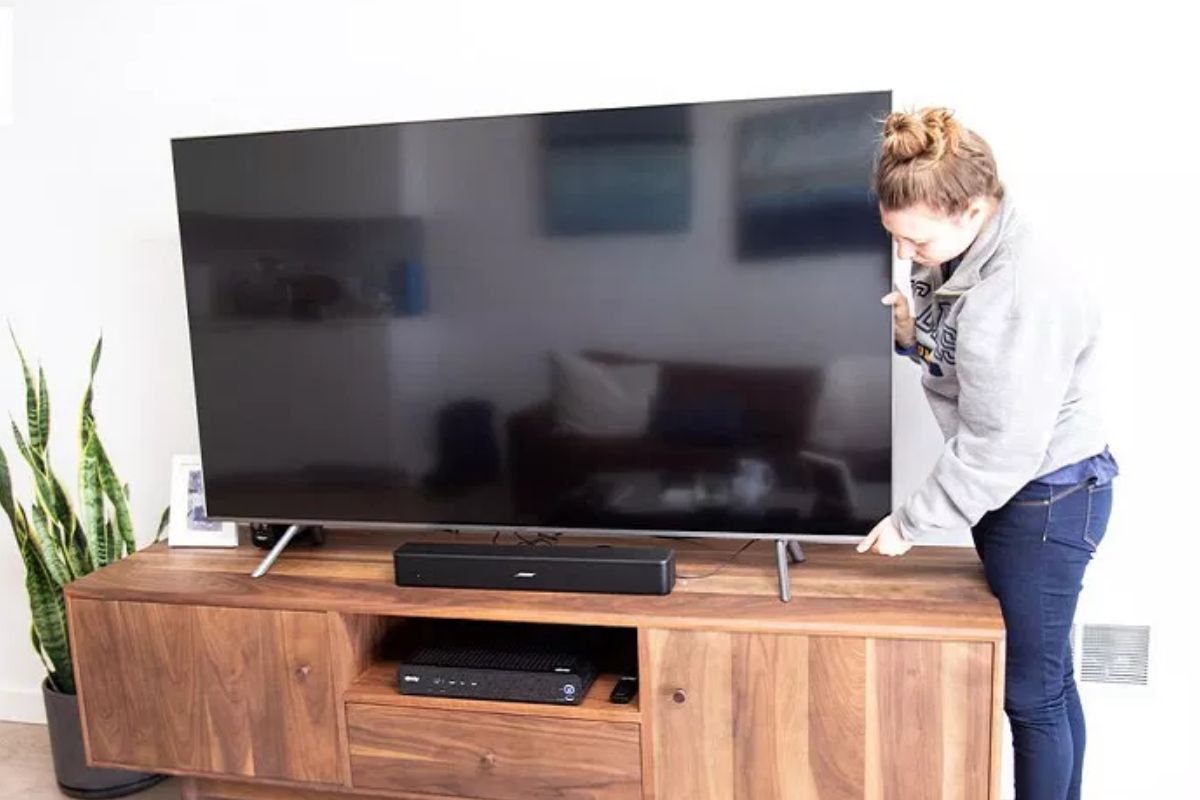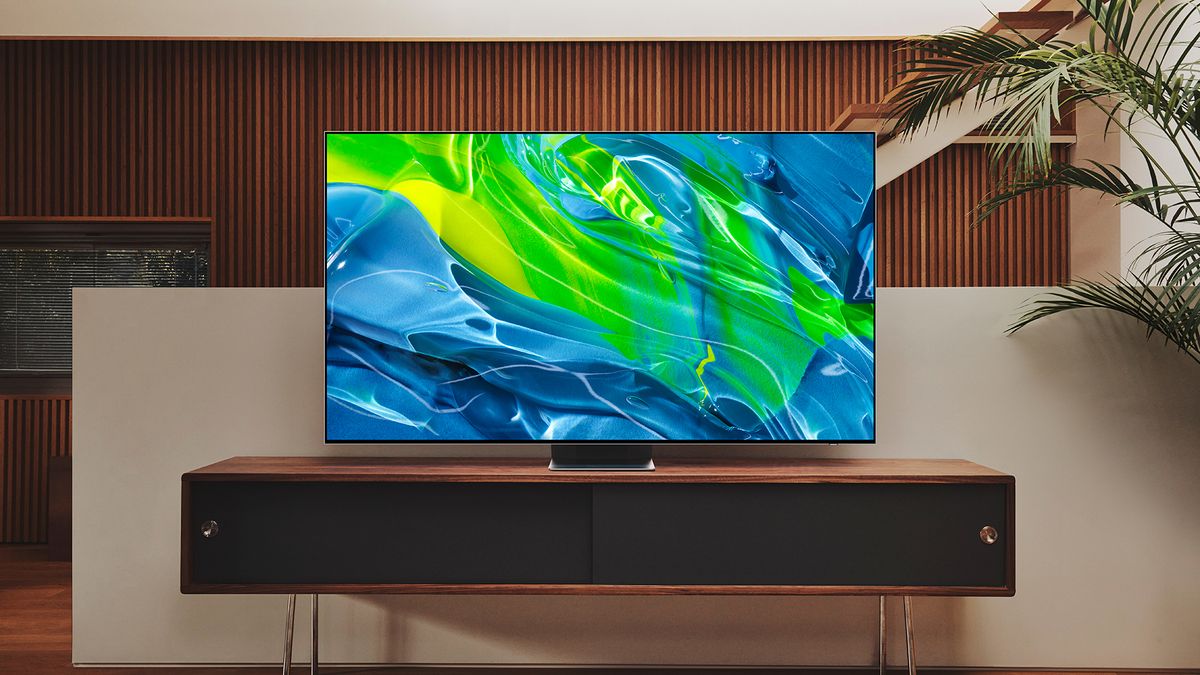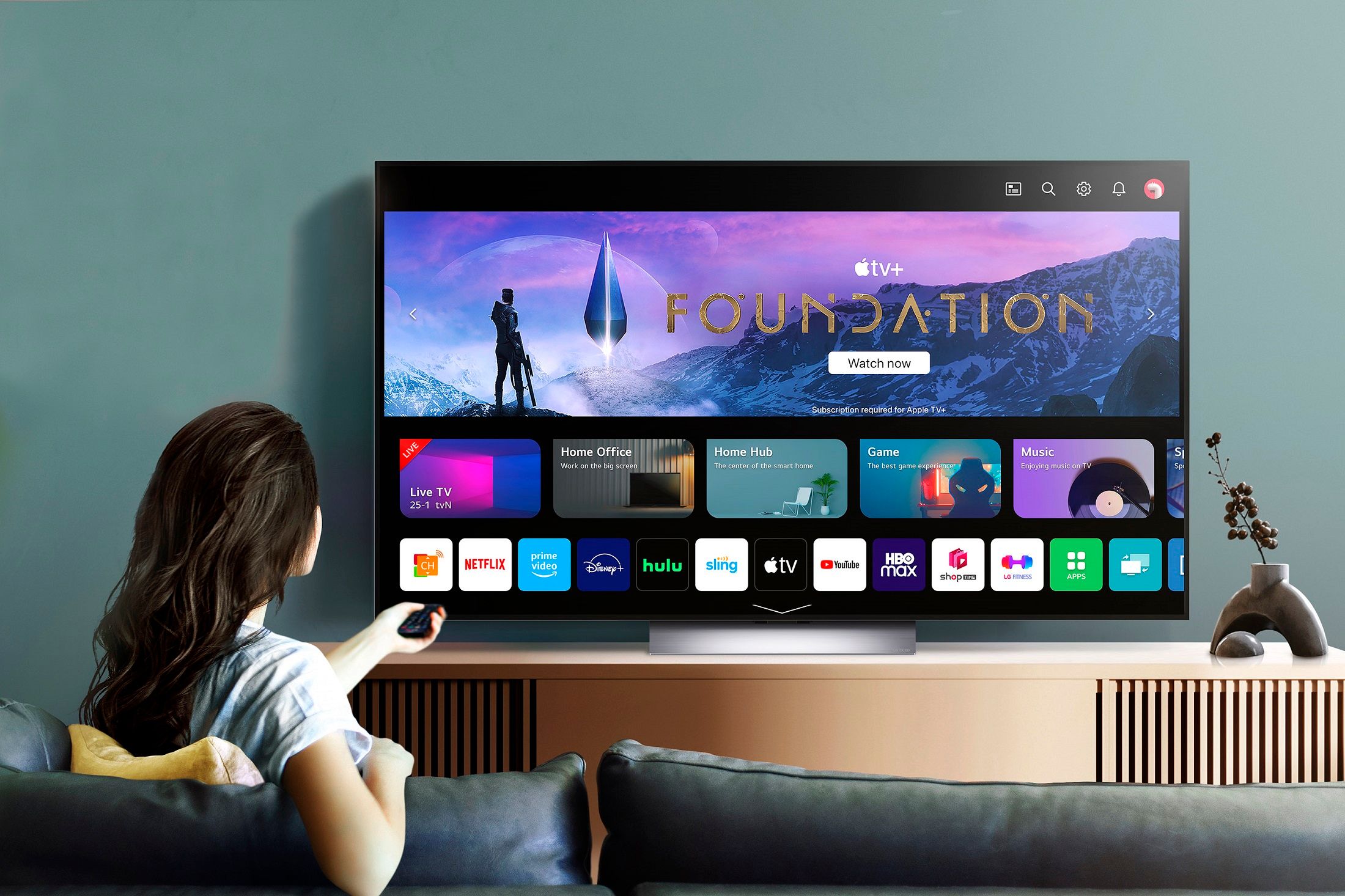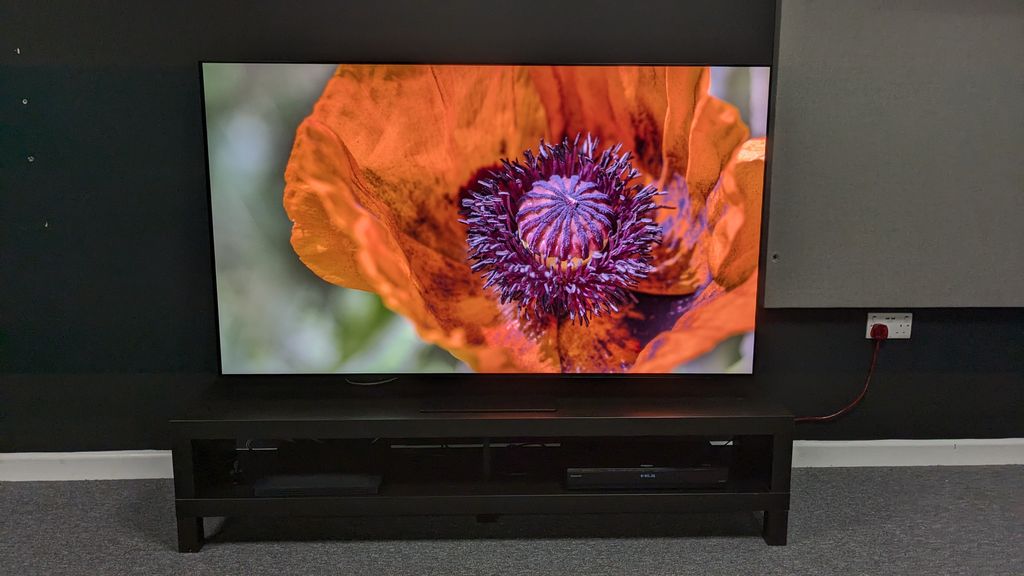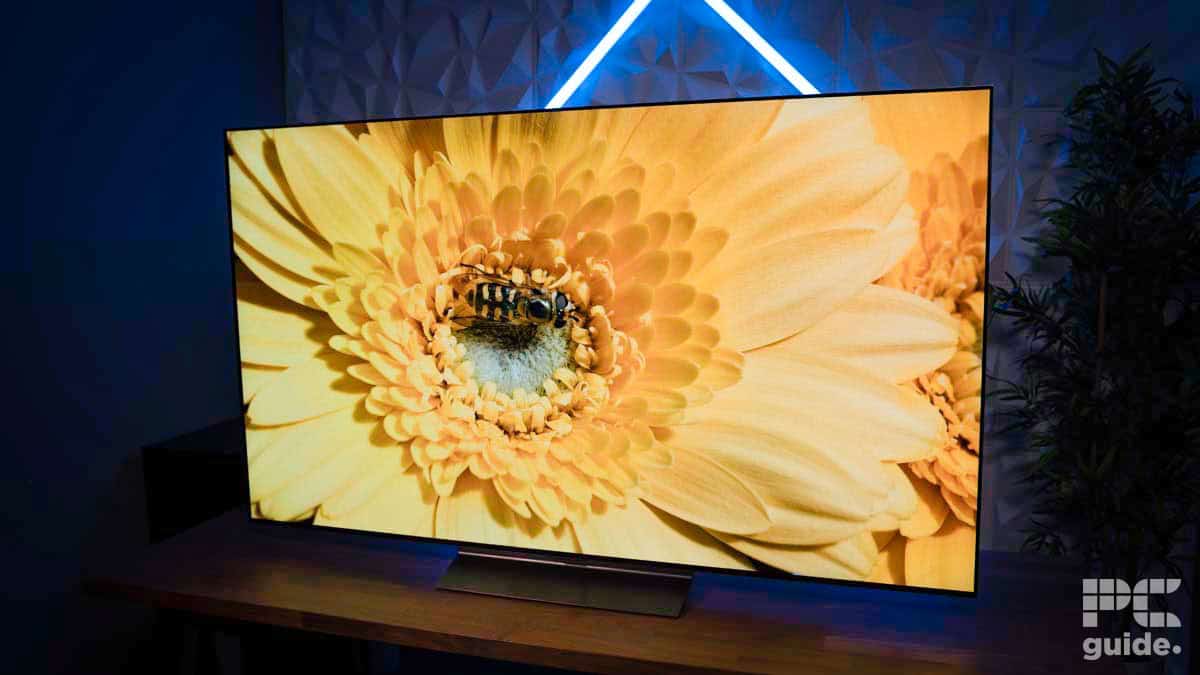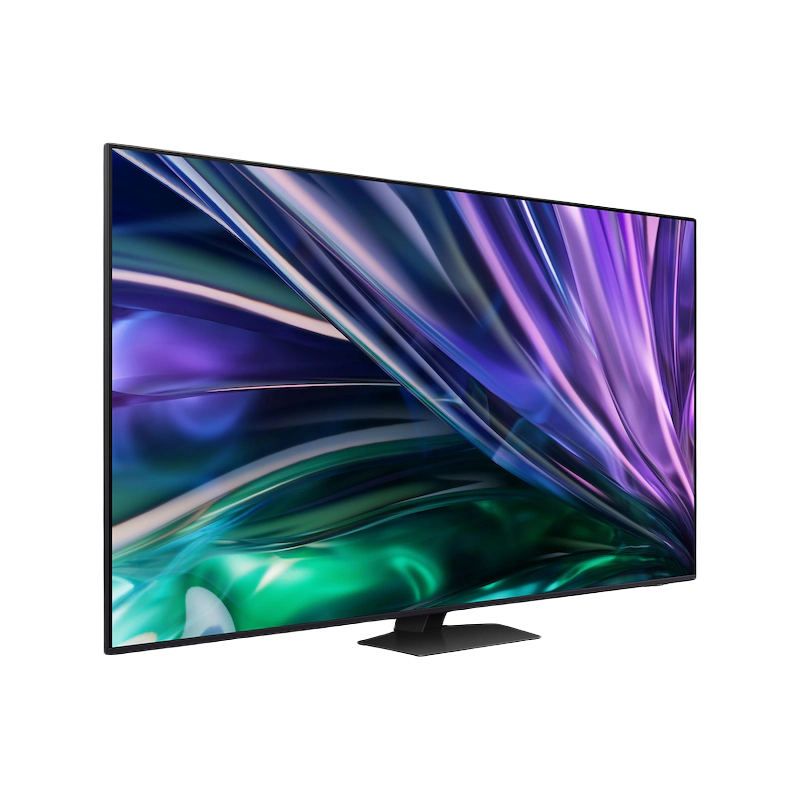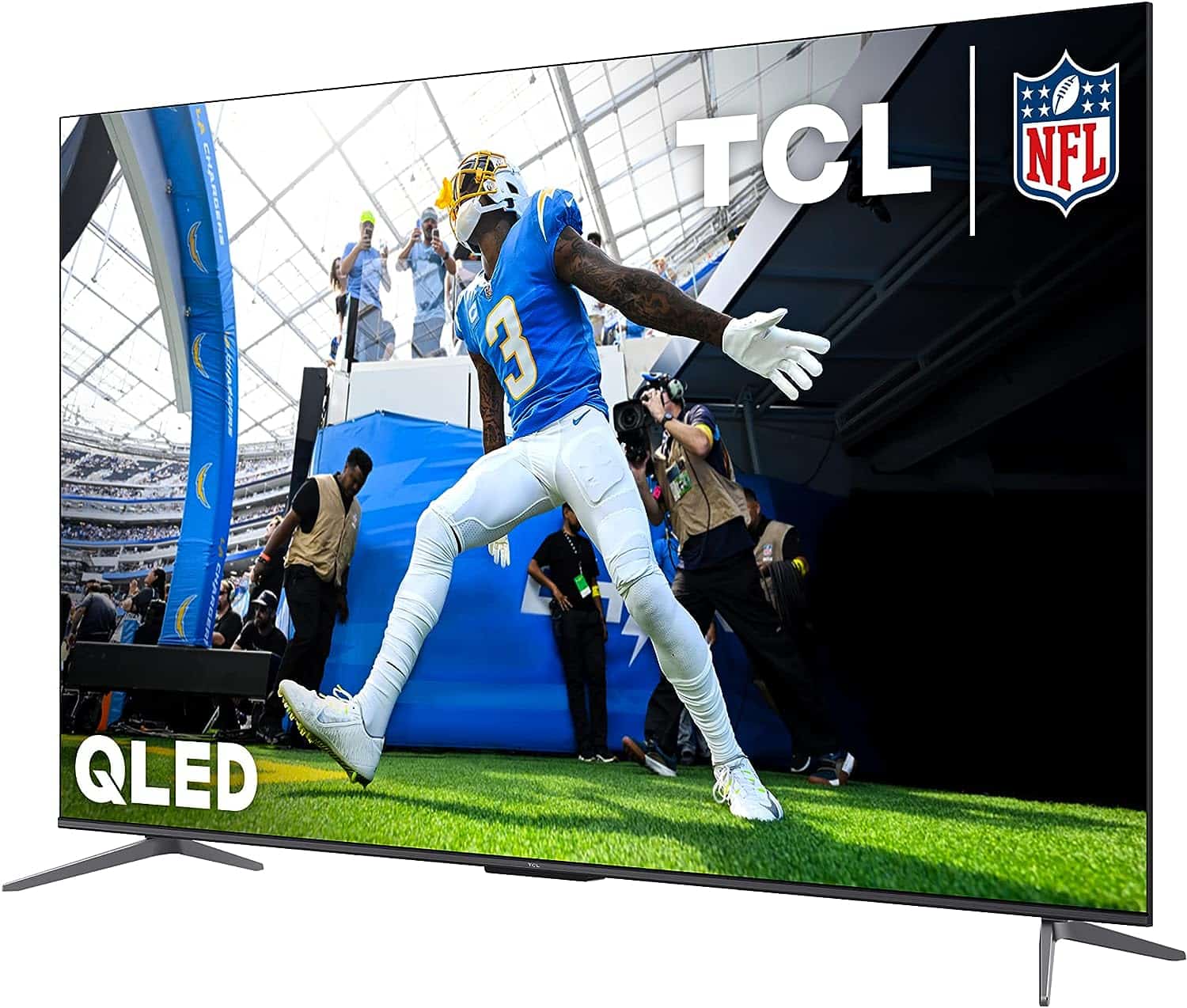Best Lcd Tv For Bright Room
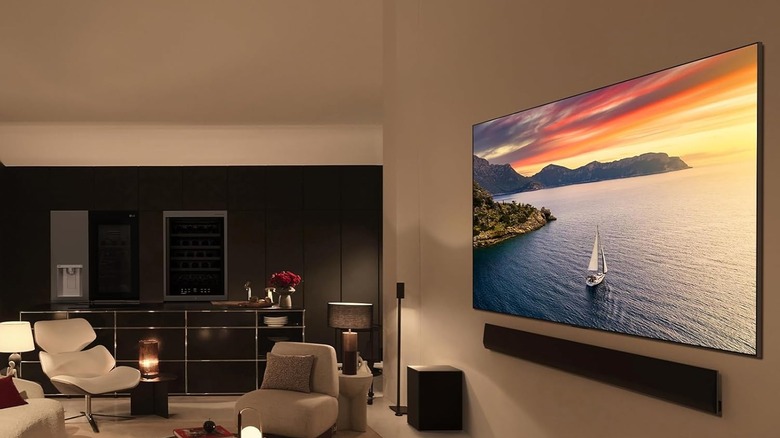
Tired of squinting at your TV screen because of that pesky glare? You're not alone. For value-conscious shoppers, finding an LCD TV that can conquer a bright room without breaking the bank is a common challenge. This article cuts through the marketing jargon to deliver an analytical look at the best LCD TVs for bright rooms, balancing performance and affordability.
Why Bright Room TVs Matter
A bright room can wash out the picture on many TVs, making it difficult to see details and enjoy your favorite shows and movies. Investing in a TV specifically designed to handle bright environments can significantly improve your viewing experience. It allows you to enjoy vibrant colors, deep blacks, and sharp images, even in sun-drenched spaces.
Shortlist of Top LCD TVs for Bright Rooms (Budget-Friendly Focus)
Here's a quick rundown of some top contenders, categorized to suit different needs and budgets:
- Best Overall Value: TCL 6-Series (R646/R655/R648) - Excellent brightness and color at a competitive price.
- Best Budget Option: Hisense U6/U7 Series - Surprisingly good performance for the price point.
- Best for Color Accuracy: Samsung Q60B/Q60C Series - Vibrant and accurate colors with decent brightness.
- Best for Wide Viewing Angles: LG NanoCell Series (e.g., Nano80/Nano85) - Maintains color and contrast even when viewed from the side.
Detailed Reviews
TCL 6-Series (R646/R655/R648)
The TCL 6-Series consistently earns praise for its impressive performance-to-price ratio. It boasts high peak brightness, ensuring vibrant images even in brightly lit rooms. The Mini-LED backlight technology delivers excellent contrast and black levels, while the QLED technology enhances color volume.
While not the absolute top-of-the-line, the TCL 6-Series provides a remarkable viewing experience at a fraction of the cost of premium models. It’s a great choice for gamers, thanks to its low input lag and support for variable refresh rate (VRR).
Hisense U6/U7 Series
Hisense has been steadily improving its TV technology, and the U6 and U7 series offer excellent value for budget-conscious buyers. These TVs pack a punch with decent brightness and color accuracy, making them suitable for moderately lit rooms.
While not as bright as the TCL 6-Series, they still offer a significant upgrade over basic LCD TVs. The Hisense U7 Series typically offers slightly better performance than the U6 Series, particularly in terms of brightness and color gamut.
Samsung Q60B/Q60C Series
Samsung's Q60B and newer Q60C series deliver the vibrant colors that Samsung is known for. These TVs are decent options for bright rooms, though they don't reach the peak brightness levels of some competitors.
They offer good color accuracy out of the box, which is important for enjoying content as the creators intended. The Samsung Q60B/Q60C series features a sleek design and user-friendly interface, making them a popular choice for many consumers.
LG NanoCell Series (e.g., Nano80/Nano85)
LG's NanoCell TVs are known for their wide viewing angles. This is a crucial feature if you frequently watch TV with a group of people. NanoCell technology uses nanoparticles to filter out impure colors, resulting in a more accurate and vibrant picture.
While the brightness levels may not be as high as some other options on this list, the wide viewing angles and accurate colors make them a solid choice. Consider the Nano85 for slightly better performance than the Nano80.
Side-by-Side Specs Table & Performance Scores
| TV Model | Peak Brightness (nits) | Contrast Ratio | Color Accuracy | Viewing Angles | Overall Score (out of 5) |
|---|---|---|---|---|---|
| TCL 6-Series (R646) | 700-1000 | Excellent | Good | Good | 4.5 |
| Hisense U7 Series | 600-800 | Good | Good | Fair | 4.0 |
| Samsung Q60B | 400-500 | Fair | Excellent | Fair | 3.8 |
| LG Nano80 | 400-500 | Fair | Excellent | Excellent | 4.0 |
Note: Performance scores are based on average user reviews and expert opinions.
Practical Considerations
Beyond the technical specifications, consider these practical factors:
- Screen Size: Choose a size that's appropriate for your viewing distance.
- Room Lighting: Assess the amount of natural and artificial light in your room.
- Viewing Habits: If you watch a lot of HDR content, prioritize a TV with good HDR performance.
- Smart Features: Consider the smart TV platform and its compatibility with your favorite streaming services.
- Budget: Set a realistic budget and stick to it.
Don't forget the importance of proper TV placement and the use of blinds or curtains to control excessive sunlight during peak hours. Calibration can further enhance the picture quality of your TV.
Summary
Selecting the best LCD TV for a bright room involves a careful balance of brightness, color accuracy, and viewing angles. The TCL 6-Series offers the best overall value. The Hisense U7 series is a close second for budget-conscious buyers. Samsung and LG offer compelling options for color accuracy and viewing angles, respectively.
Remember to consider your specific needs and viewing habits. Prioritize the features that are most important to you. By considering these factors, you can make an informed decision and enjoy a superior viewing experience in your bright room.
Call to Action
Ready to upgrade your viewing experience? Explore the models discussed in this article and read user reviews to find the perfect TV for your bright room. Don't hesitate to compare prices and take advantage of sales or promotions to get the best deal.
Frequently Asked Questions (FAQ)
Q: What is "peak brightness" and why is it important?
Peak brightness refers to the maximum light output of a TV screen, measured in nits. Higher peak brightness is crucial for overcoming glare in bright rooms and for displaying HDR content effectively.
Q: What is the difference between LCD and LED TVs?
LED TVs are actually a type of LCD TV. The term "LED TV" refers to LCD TVs that use LED backlighting instead of traditional fluorescent backlights.
Q: What is HDR and why does it matter?
HDR (High Dynamic Range) is a technology that expands the range of colors and contrast in a picture, resulting in a more realistic and immersive viewing experience. A TV with good HDR performance can display brighter highlights and darker blacks.
Q: How important are viewing angles?
Viewing angles are important if you frequently watch TV with multiple people, as colors and contrast can degrade when viewed from the side on some TVs. TVs with wide viewing angles maintain a consistent picture even when viewed off-axis.
Q: Should I get my TV professionally calibrated?
Professional calibration can optimize your TV's picture settings for your specific viewing environment and content. While not essential, it can improve color accuracy and overall picture quality.
